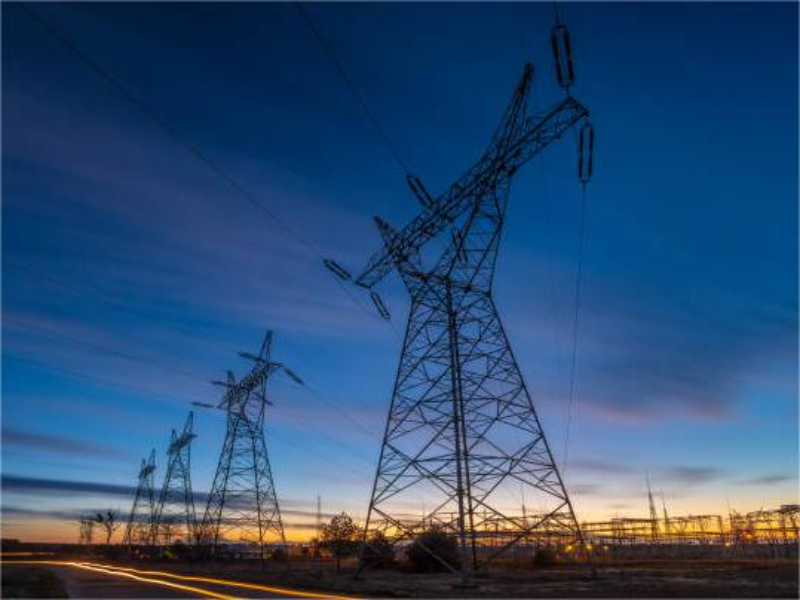- US electric utilities predict a new wave of demand for electricity in data centres powered by technologies such as generative artificial intelligence, and they are prepared for it.
- Surging demand for power in data centres, along with an increase in U.S. manufacturing and the electrification of sectors like transportation, was evident in a recent round of utility earnings calls with investors.
- The surge in overall demand has increased the need for power generation and storage projects to be connected to the grid across the country.
New wave of data centre power demand
U.S. electric utilities is forecasting a new wave of demand for data centres that power technologies such as generative artificial intelligence, and some utilities are projecting power sales growth several times higher than they estimated just a few months ago. According to a Reuters analysis of company earnings reports for the first three months of the year, nine of the top 10 U.S. power companies said data centres were the main source of customer growth, leading many to revise capital spending plans and demand forecasts.
Also read: Data centre power consumption could surge sixfold over a decade
Growth rate surge
In the same period last year, only two companies mentioned data centres. “It’s going to grow faster than it has in decades,” said Jim Lydotes, head of equity income at Newton Investment Management, a unit of Mellon IM in New York, which is shifting its holdings in European power companies to U.S. companies.
Shares in the country’s electric utilities fell more than 10% in 2023, the biggest annual decline since 2008, as rising inflation sent investors chasing higher yields. These companies, which suffered a long period of stagnant demand after the introduction of new energy efficiency in the early 2000s, are up about 4% so far this year. Overall, the electricity consumption of thousands of giant computing warehouses made up of data centres is expected to triple, from less than 15 terawatt hours (TWh) in 2023 to 46 TWH this year, according to Morgan Stanley research. “The truth of the matter is that these things (data centres) were pigs in terms of energy use, and now they’re the size of elephants,” said Eric Woodall, an expert who specialises in data centre operations.
Surging demand for power in data centres, along with an increase in U.S. manufacturing and the electrification of sectors like transportation, was evident in a recent round of utility earnings calls with investors.
Southern Co expects data centre power sales growth to reach 6% per year from 2025 to 2028, up from an expected 1% to 2% per year growth next year. Sales in the Georgia Power business unit are expected to jump to an unprecedented 9% annually. Florida-based NextEra Energy, the world’s largest renewable energy company, said the data centres in its project queue will use more than 3 gigawatts of electricity, enough to power nearly all homes in Minnesota.
Executives at American Electric Power, the Ohio-based electric utility, said the company’s retail customer demand rose 2.5% in 2023, well above its previous forecast of 0.7 %, largely due to an acceleration in data centre power use.
Increasing demand for grid-connected power generation and energy storage projects
According to the latest data from Lawrence Berkeley National Laboratory (LBNL), the surge in overall demand has increased nationwide demand for power generation and storage projects to be connected to the grid, swelling from 2,000 GW in 2022 to 2,600 GW in 2023.
Some state lawmakers are increasingly concerned about how data centres can strain the power grid, increase emissions and sometimes fail to boost the state economy, which has also become a threat to electricity demand in some areas. The Georgia Senate voted last month to suspend some tax breaks for data centres, saying the businesses have failed to create enough jobs to stimulate the state’s economy.
The decision is “unfortunate” but not enough to dent the state’s lure for new data centre development, “said Raul Martynek, CEO of DataBank, which is developing 225 megawatts of data centre capacity in 14 U.S. markets, including the Atlanta area.

